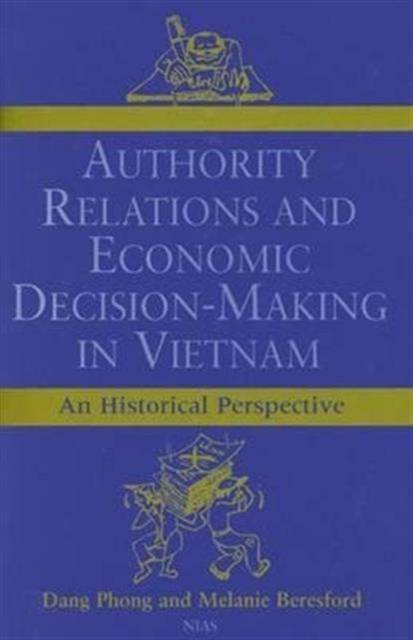
- Retrait gratuit dans votre magasin Club
- 7.000.000 titres dans notre catalogue
- Payer en toute sécurité
- Toujours un magasin près de chez vous
- Retrait gratuit dans votre magasin Club
- 7.000.000 titres dans notre catalogue
- Payer en toute sécurité
- Toujours un magasin près de chez vous
Authority Relations & Economic Decision-Making in Vietnam
An Historical Perspective
Dang Phong, Melanie Beresford
38,45 €
+ 76 points
Description
This study examines the evolution of state institutions since 1945 in Vietnam in order to understand the continuities since the commencement of market-oriented economic reforms as well as the extent to which rapid social change has altered authority relations and decision-making processes. It looks particularly at relations between the Communist Party, government and legislature and at those between central and local authorities.
What emerges is a more democratic or pluralist system than is portrayed in the 'totalitarian' and 'bureaucratic authoritarian' models. This helps to explain the apparent flexibility of the Vietnamese political system in the face of rapid economic transition, as well as strengths and weaknesses in the democratization process.Spécifications
Parties prenantes
- Auteur(s) :
- Editeur:
Contenu
- Nombre de pages :
- 128
- Langue:
- Anglais
- Collection :
- Tome:
- n° 38
Caractéristiques
- EAN:
- 9788787062657
- Date de parution :
- 01-12-02
- Format:
- Livre relié
- Format numérique:
- Genaaid
- Poids :
- 272 g







